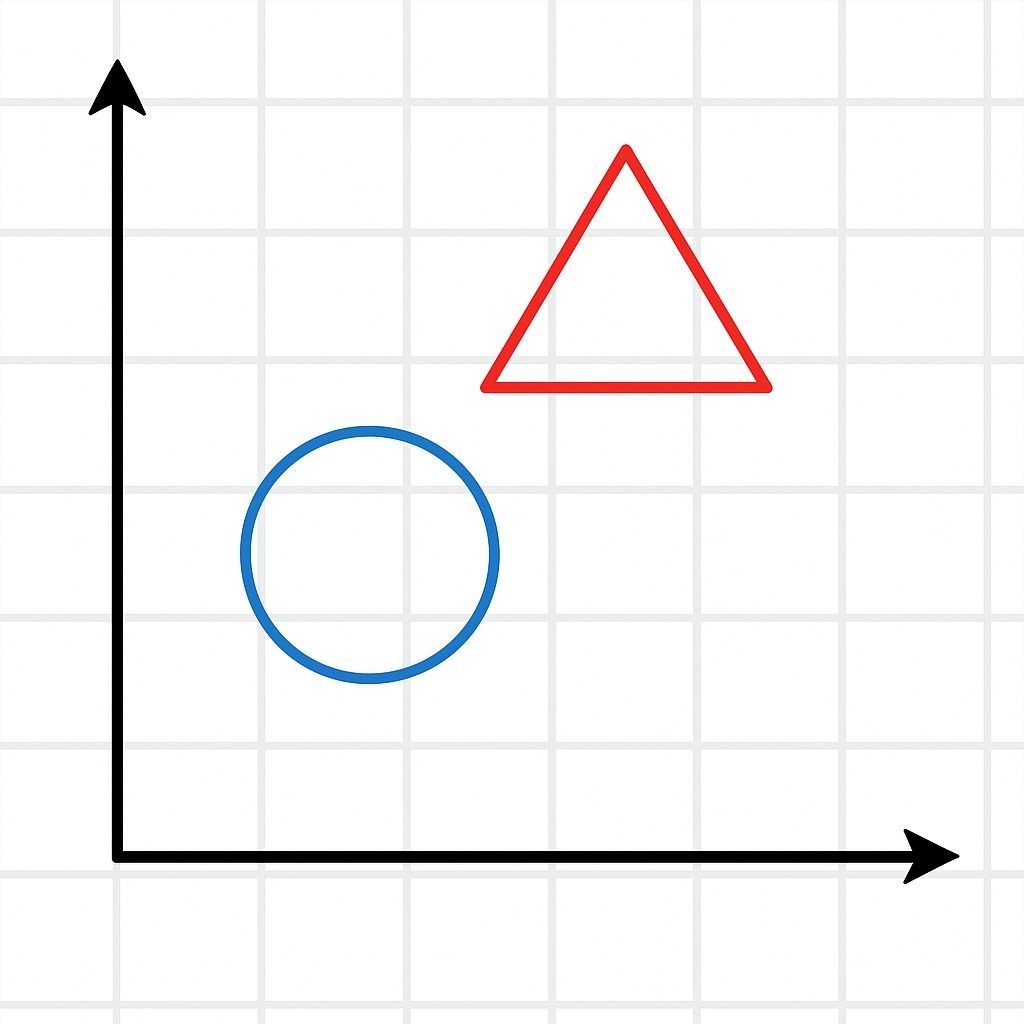
Inquiry Science that combines computer simulations and real-world data.
Our Units
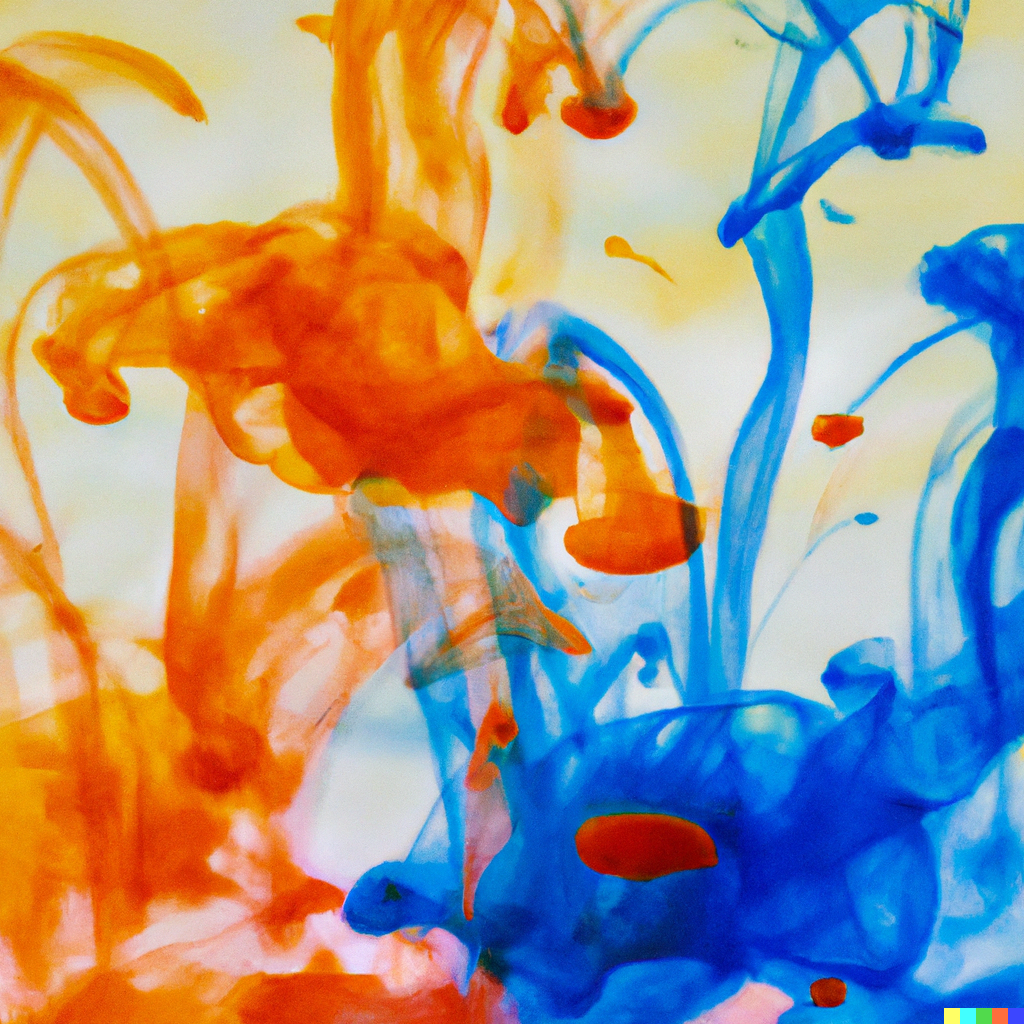
1. Ink spread in water
Students investigate and model how and why ink spreads at different speeds in more quickly in hot and than cold water. They will analyze experimental data and program a MoDa model to explain the trends. The MoDa model will be based on video data from the experiment.
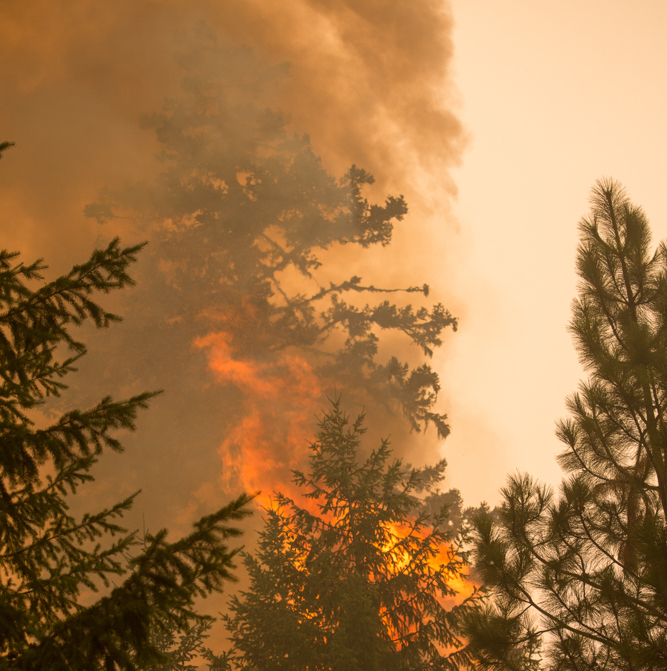
2. Wildfire smoke spread
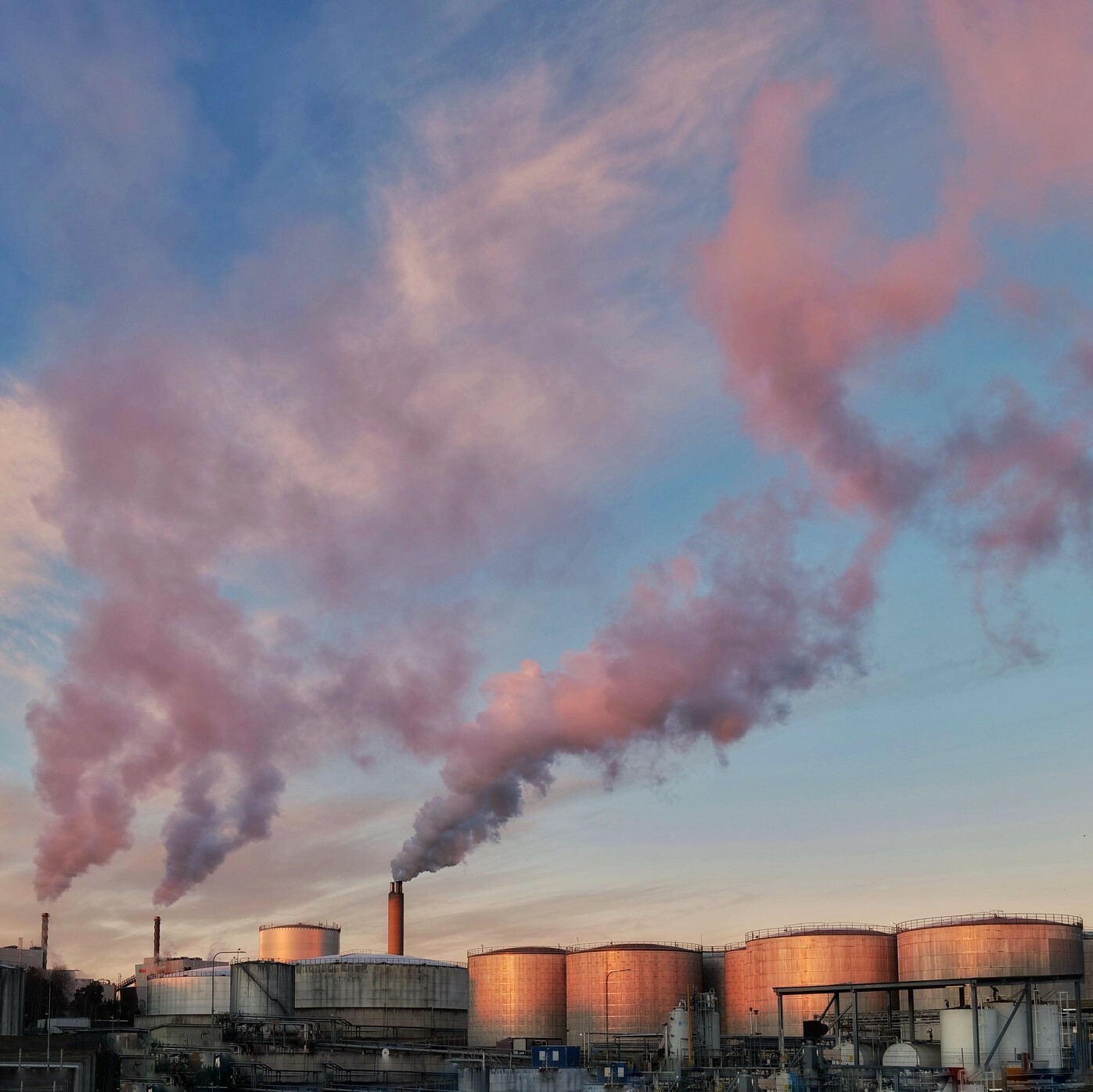
3. Air pollution spread
Students analyze data of the spread of different smoke particles and observe that PM2.5 particles travel farther than PM10 particles. They then investigate and model how and why PM2.5 particles spread further away than PM10 particles, and compare their model with data.
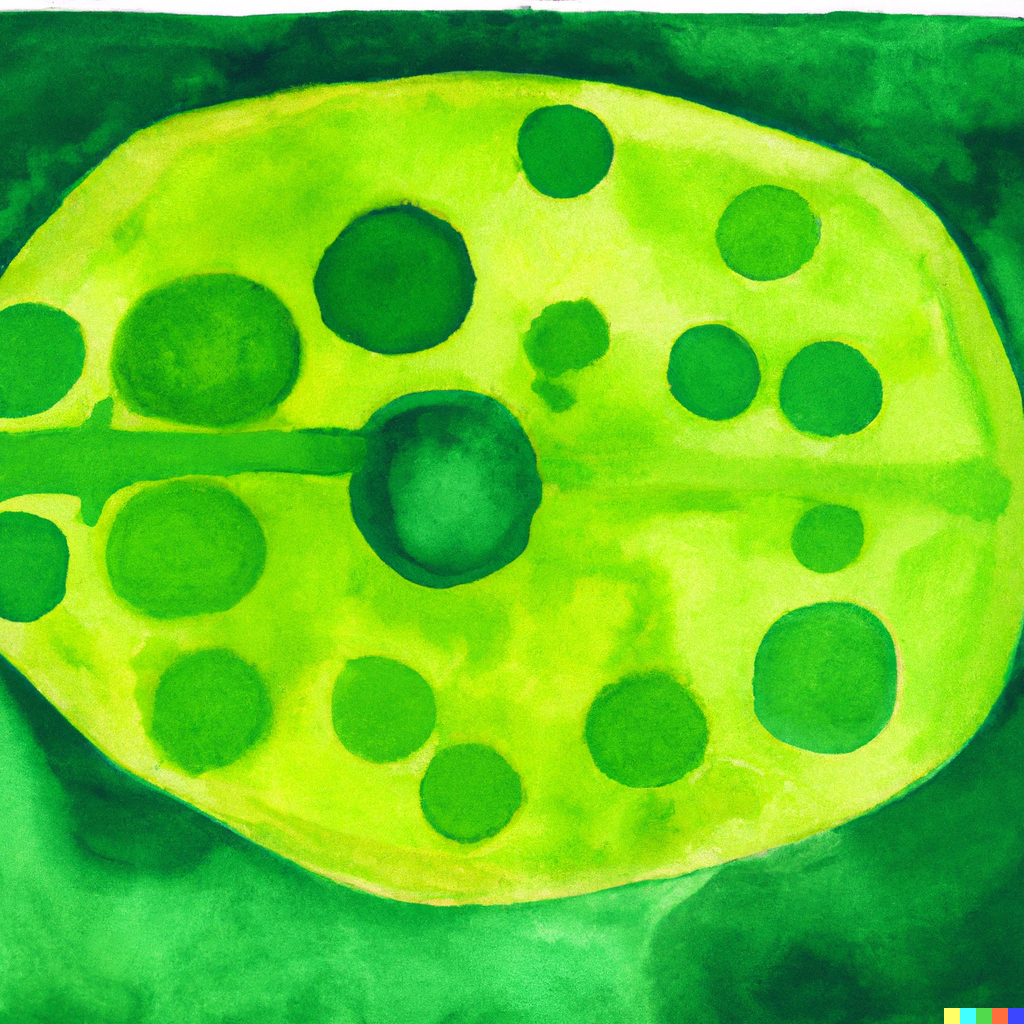
4. Photosynthesis
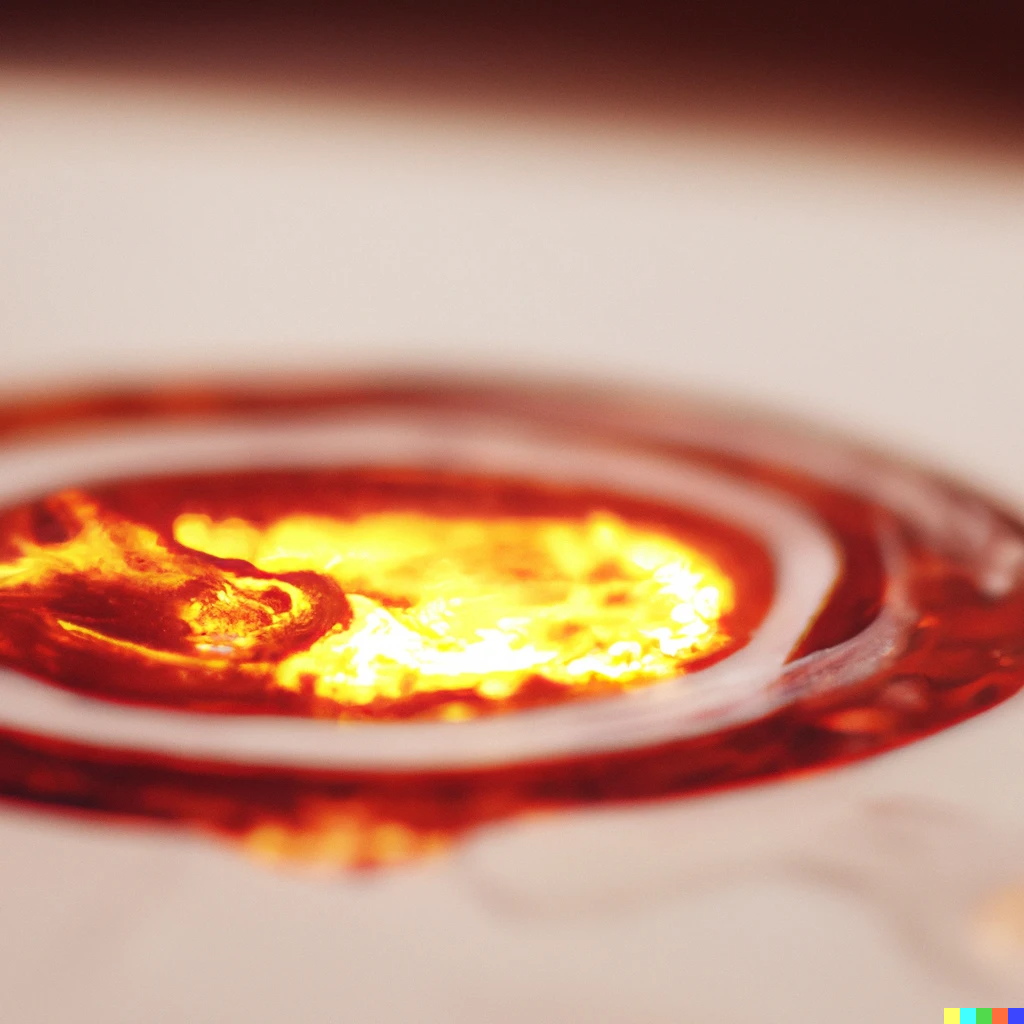
5. Heat conduction [in progress]
Students investigative and analyze the mechanisms and principles behind heat transfer in solids. Through experimentation, they will gather and document data from two distinct plate materials, subsequently comparing their findings with the model they have designed.
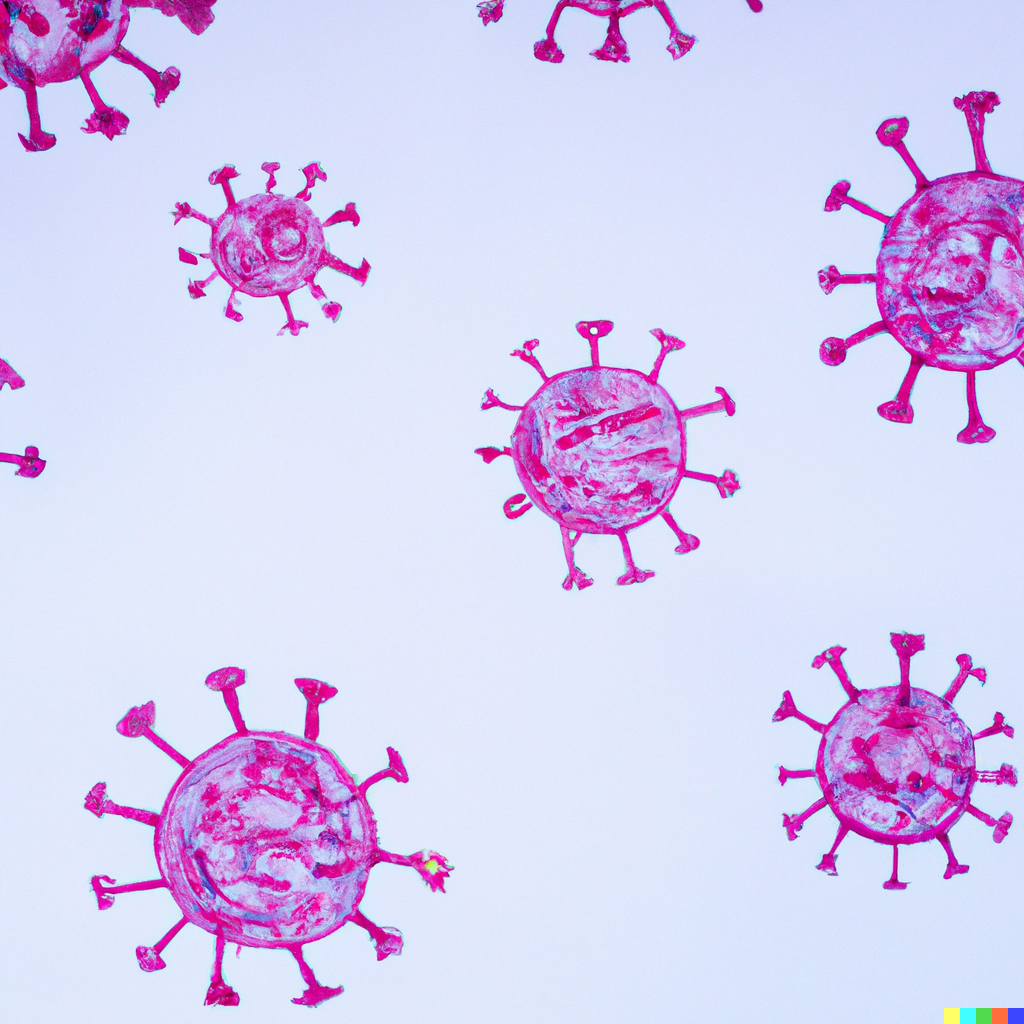
6. Infection spread in a population [in progress]

7. Eutrophication
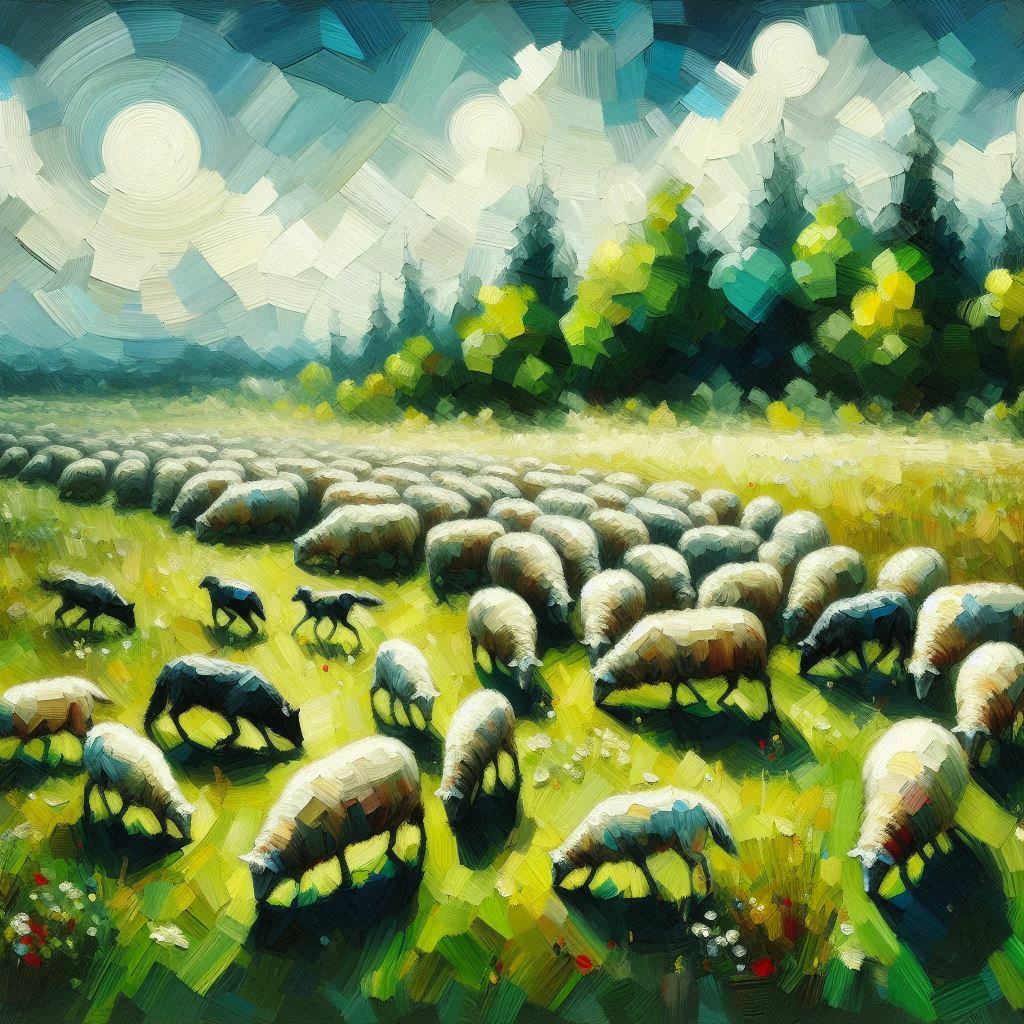
8. Population dynamics [in progress]
Students investigate how populations change over time under different environmental conditions. Students then program a MoDa model to represent population growth and decline, testing how changes in these conditions affect population stability and ecosystem balance.
